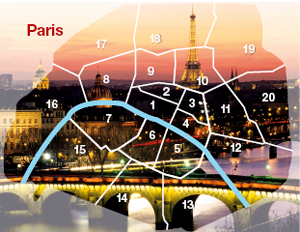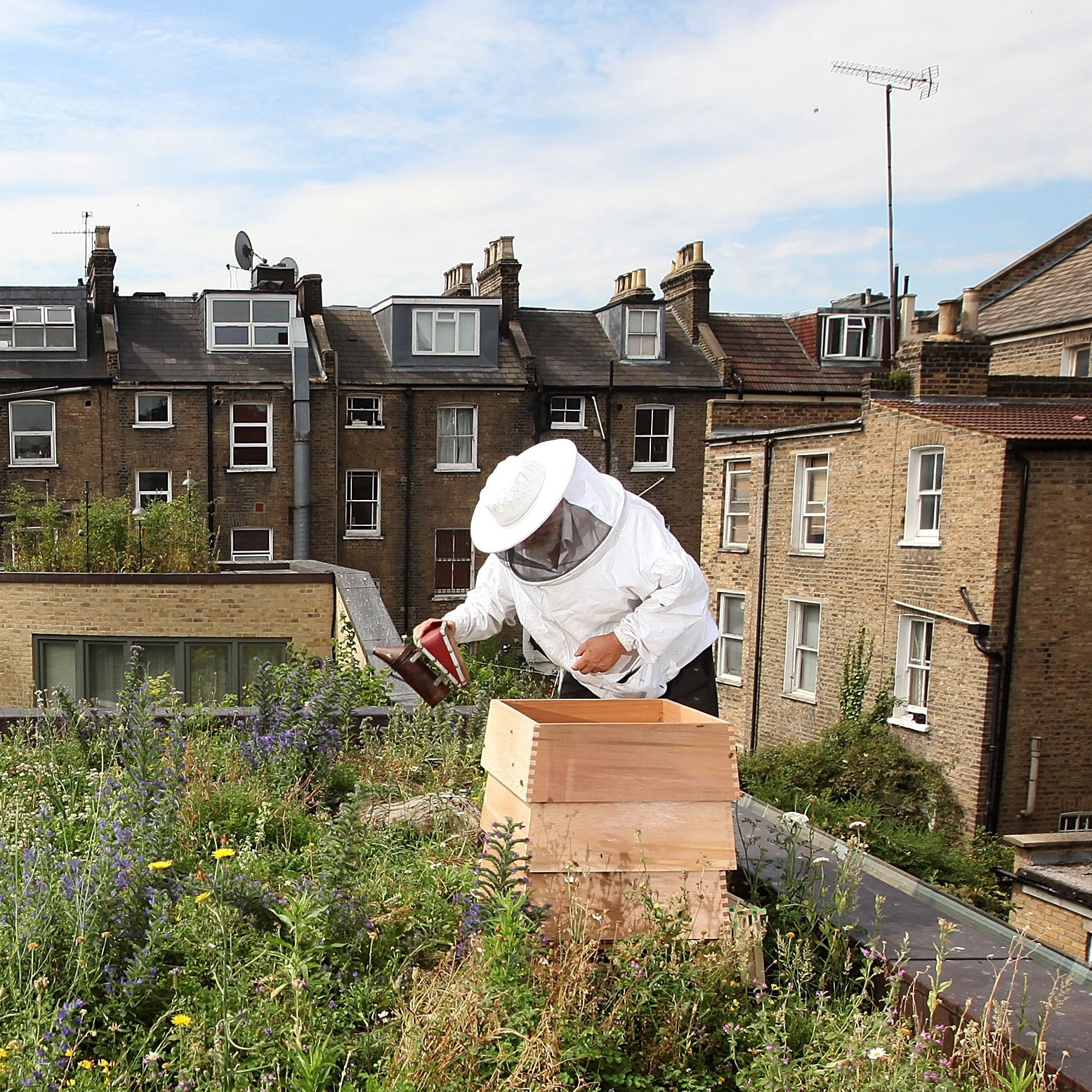Buying property in Paris
The prospect of owning a property in Paris is becoming increasingly attractive, finds Arabella Youens


The most visited city in the world now lies only two hours and 15 minutes from London’s freshly spruced St Pancras station. So, for many Londoners, the prospect of owning a piece of Paris albeit a few hundred square feet is now just as feasible as having a weekend cottage in Dorset, only more glamorous.
Compared with the London market, the Paris residential market is considerably more stable. Although prices in London have come down between 25% and 30%, Paris prices have fallen just 7.4% since their peak, according to the French agency FNAIM. The reason is simple: the level of mortgage debt is much smaller. ‘That’s bad news when you’re looking for a quick increase in investment value, but good news when the market’s coming off the boil as it doesn’t deleverage so quickly,’ says Nigel Hindle of buying agents Property Vision (00 33 4 93 92 79 35). ‘The trends are the same as in the UK, but the peaks and troughs are less acute.’
* For more International property like this every week, subscribe and save
Yes, the unfavourable sterling/Euro exchange rate is a deterrent at the moment, but there are two predominant reasons why the British continue to buy bases in Paris: business purposes and a love of the city. And, in an economic climate where property is again proving an attractive option to lock up cash, what was once a discretionary purchase with purely a lifestyle price tag attached has turned into a necessity as a way of preserving wealth.
Unlike London, Paris has the perfect architecture for pied-à-terre shopping: with the exception of grand hôtels particuliers (town houses), the buildings were built as apartments. ‘There are two types of pied-à-terres,’ explains David King of Winkworth France (020–8576 5582), ‘the Hausmann-style apartments or the more modern ones that come with balconies and car parks. The benefit of the latter is that there is better use of space, fewer corridors and concrete between the floors.’
Paris has 20 arrondissements (which roughly equate to our London boroughs, although they’re much smaller in size). The 1st is in the centre and the rest radiate clockwise around it. Each has its own unique character and desirability when it comes to property.
The most exclusive are the 6th, 7th, 8th and 16th, although in recent years, some parts of the 3rd and 4th (the Marais) have become popular. The 6th is the most fashionable and the most expensive. Saint-Germain des Prés on the borders of the 6th and 7th is the hub of the area and home to the famous literary watering holes of Les Deux Magots and Café de Flore. ‘When you’re in London and yearning instead to be among the cool, bourgeois arty areas of Paris, the Left Bank is the place to be,’ says Mr Hindle. He likens the streets that run east-west parallel to the river to Chelsea: ‘There are lots of arty shops and galleries.
Sign up for the Country Life Newsletter
Exquisite houses, the beauty of Nature, and how to get the most from your life, straight to your inbox.

The streets around the Jardin du Luxembourg and the rue du Cherche Midi are particularly recommended for anyone intending to bring their family to stay (‘lots of young mothers’), and it’s just a stone’s throw from the busy, touristy areas. You could secure a comfortable one-bedroom flat for €1 million, but for those wishing to spend less, it’s perfectly possible it’s just a question of space, which floor you’re on and the street itself. Property is less expensive as you get nearer to Montparnasse.
The 7th has much more of a Kensington feel. The apartments around the Champs de Mars and Les Invalides are big and classical, and the streets are lovely wide avenues. The area to the west of Les Invalides is often referred to as the Gros Caillou (big pebble). ‘This area is about old money and discreet elegance,’ says Laurel Conway of Paris-based agents Philip Hawkes (00 33 1 42 68 11 11). ‘Old French families, government ministries, fine-art galleries and good food shops all set the tone, and prices per square metre range from €10,000 to €13,000.’
* For more International property like this every week, subscribe and save
For those seeking to live among true Parisians, the Mayfair-esque districts of the 8th and 16th are best avoided. ‘The 10th and 11th (north-east of the centre) are quite trendy from a Parisian point of view especially the areas around the Canal St Martin,’ says Miss Conway. ‘It’s not an obvious place for English buyers to go, but often they’re a little quirky and looking for something a bit different.’ Mr King agrees: ‘Many international buyers have been priced out of the market in recent years and, consequently, are having to look further afield. Both the Canal and the areas around the Gard du Nord are very accessible.’
-
 Radbourne Hall, Derbyshire: The Palladian masterpiece reborn as a 21st century family home
Radbourne Hall, Derbyshire: The Palladian masterpiece reborn as a 21st century family homeJohn Goodall takes a look at the incredible resurrection of Radbourne Hall.
-
 Urban beekeeping — from the illegal rooftop hives in New York City to Chelsea Flower Show
Urban beekeeping — from the illegal rooftop hives in New York City to Chelsea Flower ShowThe Tuesday of Chelsea (May 20) is World Bee Day; to celebrate The London Honey Company is sponsoring the Show's Bees of Development Balcony Garden.